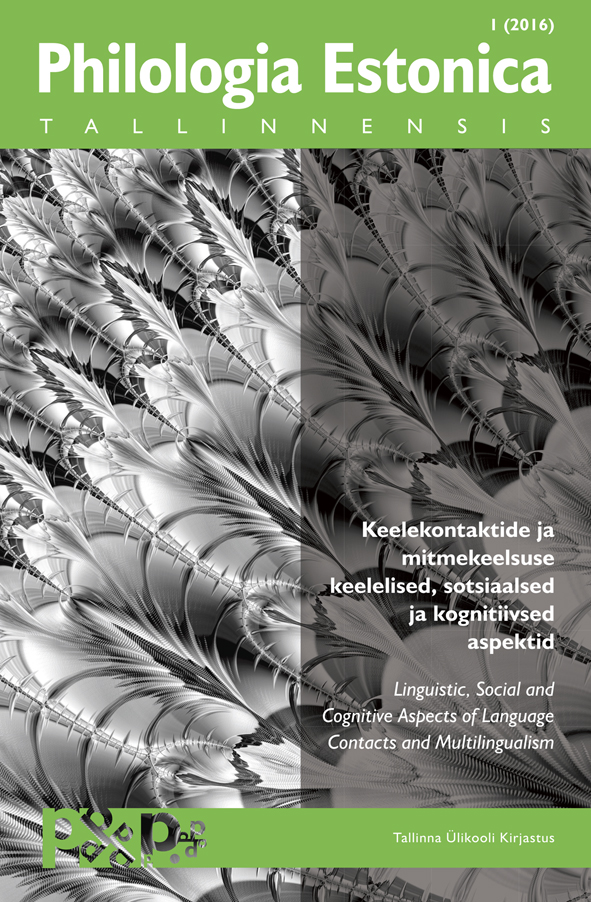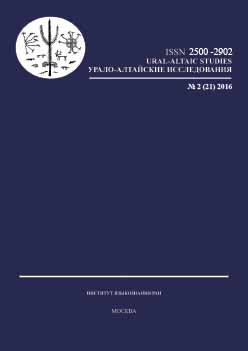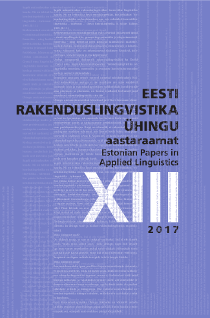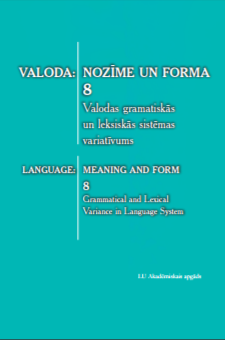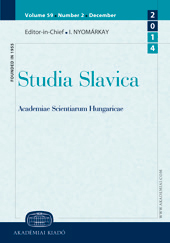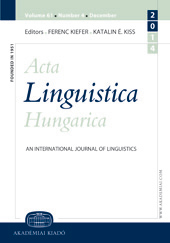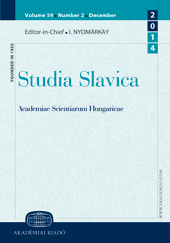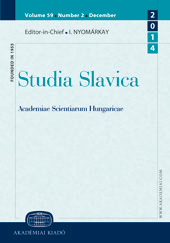Author(s): Vilja Oja / Language(s): Estonian
Issue: 62/2016
In 20th-century Estonian dialects, in familiar informal speech, the words nänn, nann, eit, äidi (and other variants), emm, memm, mamma (mammi), moor, and mutt (muti) were used as synonyms for the standard ema ‘mother’, while the words ätt, att, taat, tata, tätä, and papa (papi) were used as synonyms for the standard isa ‘father’. The oldest of these are eit, emm, nänn ‘mother’ and ätt, taat ‘father’ along with other variants of these stems. Alongside the older words, also used in 20th-century Estonian were the relatively recent German loans mamma and papa, which were regarded as snobbish until roughly the middle of the century. In the 1960s, the Estonian caregiver speech forms emme ‘mum’ < ema and a bit later issi ‘dad’ < isa began to grow in popularity. Today, these have evolved into nearly standard terms of endearment. The informal names are typically used only family-internally, and therefore neutral, so-called formal terms of address are preferred when talking to strangers. The concept of ‘parents’ was expressed in the vernacular typically by a coordinate structure, such as eit ja taat, memm ja taat, mamma-papa etc., literally ‘mother and father’. Some of these were used in particular dialect regions, e.g. nänn ja ätt in the Mulgi dialect, emm ning taet on the island of Saaremaa, eit ja at́t on Kihnu. The meaning shifts ‘mother’ > ‘grandmother’ and ‘father’ > ‘grandfather’ are connected with the introduction of new words denoting mother and father. The choice of names has also been influenced by the dialect background of the parent or grandparent or the tradition of his/her hometown/region and family. In addition, the meaning of these words has expanded to also cover notions such as ‘lady/man of the house; spouse; old woman/man’. In some cases, polysemous foreign words are borrowed with the polysemy preserved, e.g. moor < Estonian Swedish mor ‘mother; woman; wife’. In Estonian, we find the same structures as in many Indo-European and Turkic languages: words for ‘father’ are often formed from syllables containing the plosive p (b) or t (d) and the vowel a, while words for ‘father’ have the nasal morn instead of the plosive. Some of the words used in Estonian are borrowings, although not all of their origins are clear. Names for parents which resemble one another in structure and phonemic composition in numerous languages not in contact with one another are considered to derive from local child or caregiver language forms. The analysis of Estonian words for ‘mother’ and ‘father’ compared to the equivalents in related and contact languages indicates that the division of longtime dialect words into the categories of “formal” and “informal” is quite complicated and may eliminate interesting opportunities for comparison.
More...


